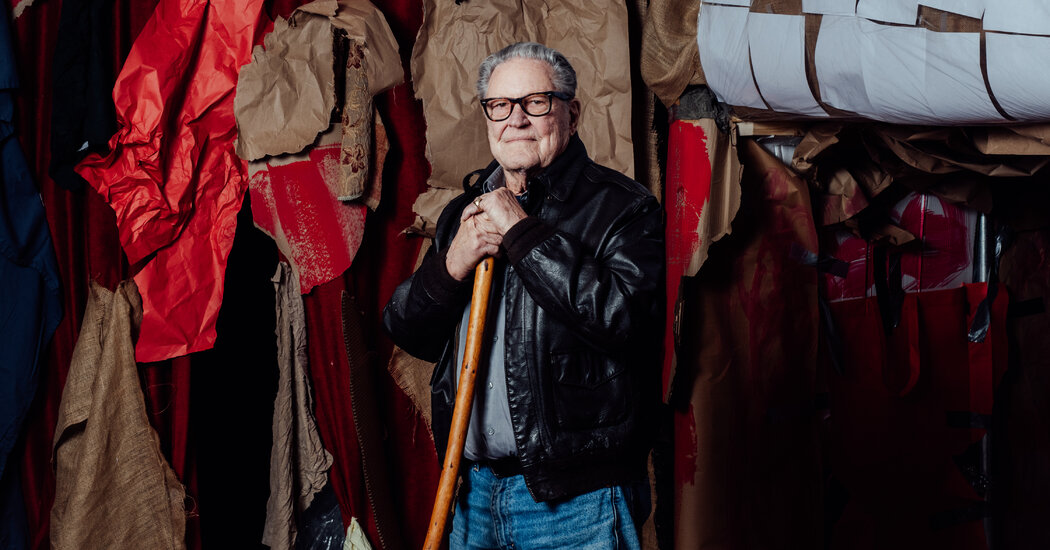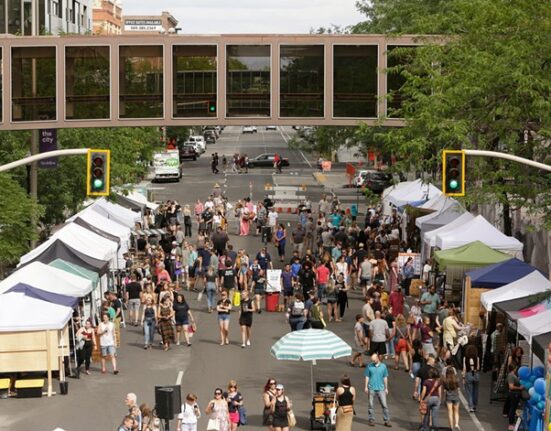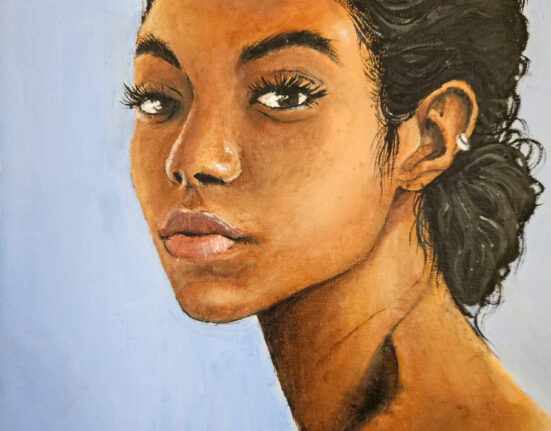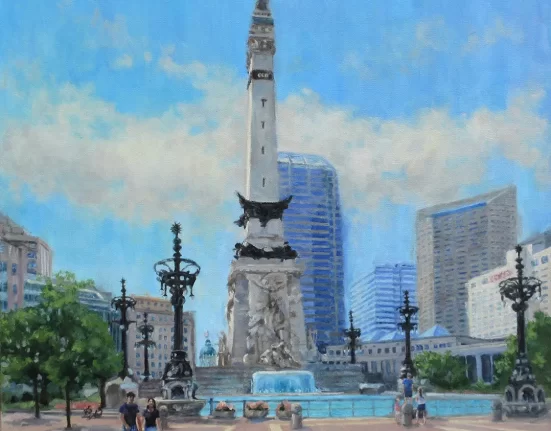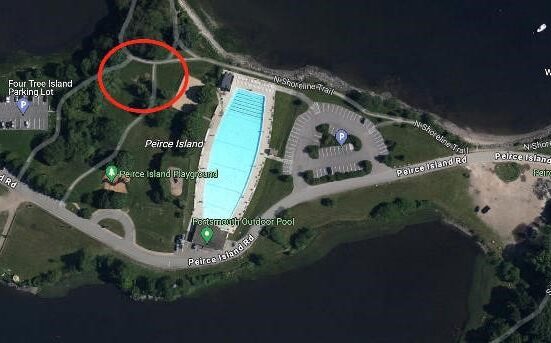Robert de Forest Whitman Jr. was born on May 23, 1935, in Manhattan to a family that traced its roots to the earliest Huguenot settlers of New York. Among his forebears were the painter and designer Lockwood de Forest (1850-1932) and Robert W. de Forest (1848-1931), a president of the Metropolitan Museum of Art in the early 20th century and the benefactor responsible for the creation of its American wing.
Mr. Whitman’s early years were spent in his extended family’s mansions in Cold Spring Harbor, N.Y., on Long Island’s North Shore. For much of his life he kept his family’s history at arm’s length, referring to it rarely and usually with deprecating humor. “They were not impoverished, let’s put it that way,” he said in an oral history interview for the Archives of American Art in 2019.
At the age of 6, he had an experience he described as powerfully formative in his decision to become an artist: a visit to the circus, where he saw the clown Emmett Kelly perform his signature routine, chasing and “catching” a spotlight as it skipped across the floor of a circus ring before finally sweeping it under a rug.
In a 2003 interview with The Brooklyn Rail, Mr. Whitman said that the gestural brilliance of Mr. Kelly, and of silent film stars like Buster Keaton and Charlie Chaplin, provided his first inklings of “what magic is.”
His father, Robert Sr., died when Robert was 10, and his mother, Cynthia Tainter (Smith) Whitman, took him and his younger brother, Bruce, to live in Englewood, N.J. Mr. Whitman studied literature at Rutgers University, where he arrived during a propitious moment for young artists searching for ways to extend Abstract Expressionism’s energy beyond the canvas into the world.
The faculty included maverick artists like Mr. Kaprow, Robert Watt and George Brecht. Mr. Kaprow attended the influential composition classes taught by John Cage at the New School for Social Research in Manhattan, and, inspired by Mr. Cage’s ideas about chance operations and unconventional materials, created the first happening event in 1959, “18 Happenings in 6 Parts,” at the Reuben Gallery. Mr. Whitman was a participant.

